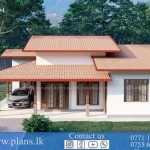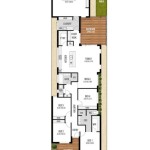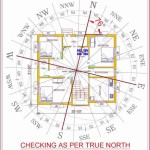Tri Level House Plans 1970s: A Comprehensive Guide to their Essential Aspects
The 1970s witnessed a surge in popularity of tri level house plans, captivating homeowners with their distinctive design, ample space, and functional layout. These homes continue to resonate with buyers today for their enduring charm and practical features. This comprehensive guide delves into the essential aspects of tri level house plans 1970s, exploring their history, design principles, and the key elements that define their appeal.
Origin and History
The origins of tri level house plans can be traced back to the mid-20th century, when architects sought innovative ways to maximize space on constrained building sites. In the 1970s, this concept gained widespread popularity, particularly in suburban areas. Tri level houses offered a unique solution to the desire for both privacy and spaciousness, becoming a staple of the era's architectural landscape.
Design Principles
Tri level house plans are characterized by a unique three-tiered design that maximizes vertical space. The main floor typically consists of the living room, dining room, and kitchen, while the upper level houses the bedrooms and bathrooms. The lower level often serves as a recreation area, with a family room, laundry room, and additional storage space.
Key Features
The essential features of tri level house plans 1970s include:
Split-Level Design:
The three-tiered design creates a natural separation between living and sleeping areas, providing privacy and flexibility.Open Concept Floor Plan:
The main floor often features an open concept floor plan, with the living room, dining room, and kitchen flowing seamlessly into each other.Vaulted Ceilings:
High, vaulted ceilings in the living room and master bedroom add a sense of spaciousness and grandeur.Large Windows:
Expansive windows allow natural light to flood the interior, creating a bright and airy atmosphere.Private Outdoor Spaces:
Many tri level homes feature private outdoor spaces such as balconies off the bedrooms and patios in the backyard.
Benefits of Tri Level House Plans 1970s
Tri level house plans offer numerous benefits, including:
Efficient Use of Space:
The vertical design allows for a compact footprint while maximizing living space.Privacy and Separation:
The split-level design provides separation between private and public areas, creating a sense of privacy for all occupants.Abundant Natural Light:
Large windows and vaulted ceilings let in ample natural light, enhancing the overall ambiance of the home.Functional Layout:
The well-defined layout of tri level homes promotes smooth traffic flow and efficient daily living.Timeless Design:
The classic design of tri level house plans continues to appeal to buyers today, making them a solid investment choice.
Conclusion
Tri level house plans 1970s remain a popular and enduring architectural style, offering a unique combination of privacy, spaciousness, and functionality. Their distinctive three-tiered design, large windows, and open concept living areas create a welcoming and comfortable home environment. Whether you are a first-time homebuyer or a seasoned homeowner, exploring the essential aspects of tri level house plans 1970s can provide valuable insights into this timeless architectural style.

Beautiful Tri Level House Plans 8 1970s Home Split Floor

1970s Tri Level House Plans Split Floor

1970s Split Level House Plans Plan 26040sd Foyerremodel Modular Home Floor
Engine Company Search Tri Level House Fire Engineering Training Community

House Plan 34679 Traditional Style With 1994 Sq Ft 3 Bed 2 Ba

Vintage House Plans Homes Mid Century Ranch Style

Standard A 33 Spanish Amp Tudor 1970s Homes Modern Vintage House Plans Mid Century

Plan 90202 Traditional Style With 4 Bed 3 Bath 2 Car Garage

Once A Staple Of The 1970s Split Level Homes Are Back In Vogue Inman
Architecture Split Level Houses Why Cyburbia Urban Planning Placemaking And More
Related Posts








